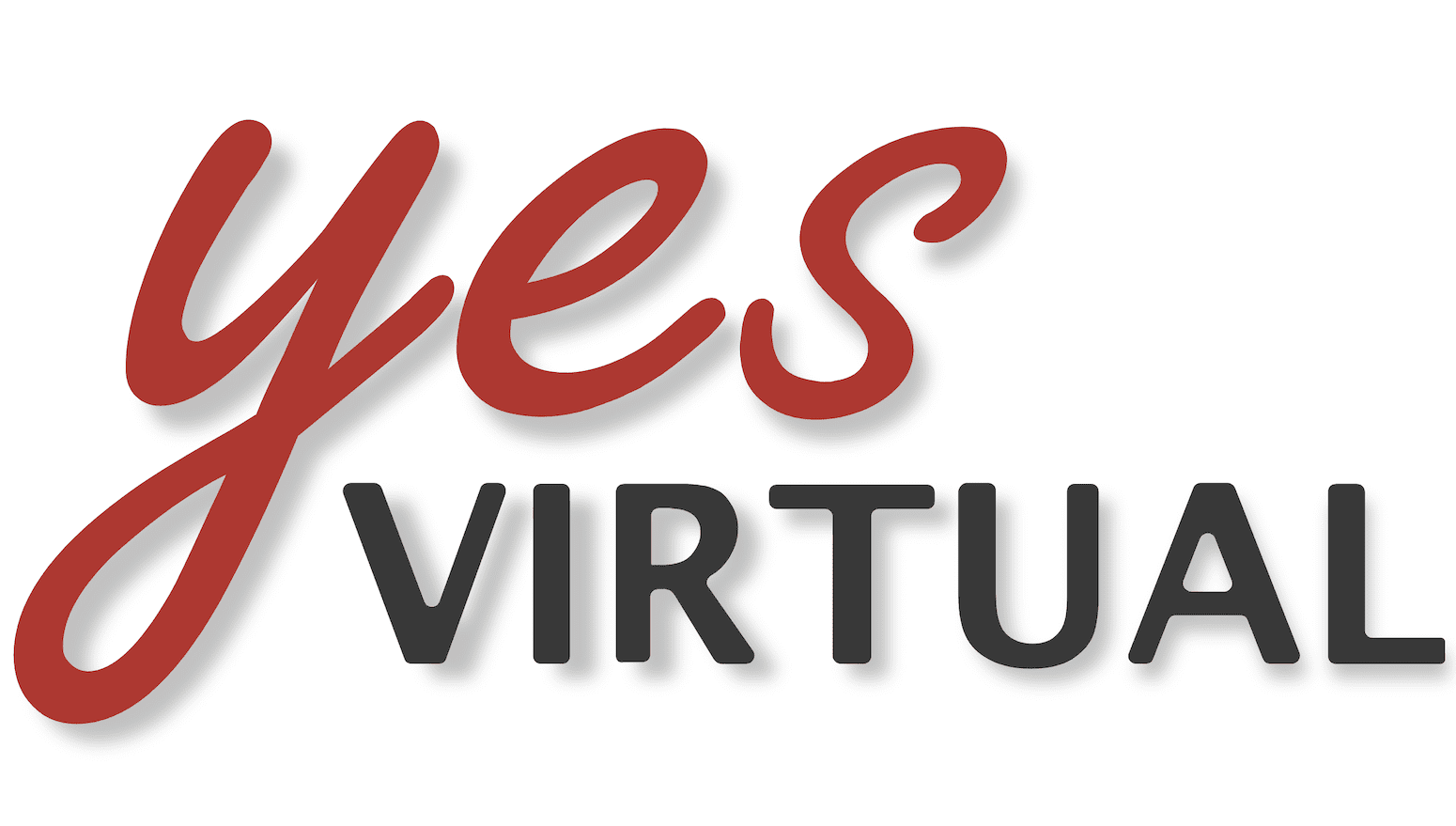Managing projects and deadlines effectively across multiple time zones is a significant challenge for global virtual teams. Yet, with careful planning and strategic implementation of best practices, organizations can turn these challenges into opportunities for maximizing productivity and efficiency.
A crucial step is to map out the time zones of all team members and develop a clear understanding of the working hours that overlap. This mapping allows managers to schedule meetings during these overlapping periods, ensuring that all team members can participate without requiring anyone to attend outside of their normal working hours. Tools like World Time Buddy or Google Calendar can automate this process by displaying multiple time zones, helping to plan meetings more efficiently.
When it comes to project management, using asynchronous communication methods can be particularly effective. Tools such as Slack, Microsoft Teams, or Asana allow team members to update their progress on tasks at their own pace, contributing when it best suits their time zone. This approach reduces the need for real-time communication, allowing for a smoother workflow and decreasing the pressure on team members to be available at all hours.
For deadline management, it’s beneficial to set deadlines based on the end of the day in the latest time zone where team members are located. This practice ensures that everyone has a full workday to complete tasks, regardless of their time zone. Clear communication of expectations, deadlines, and progress is vital. Regular updates and check-ins can help keep everyone on the same page and prevent any misunderstandings that might arise from disparate working hours.
It’s also helpful to rotate meeting times occasionally so that one region isn’t always burdened with early morning or late night calls. This rotation demonstrates consideration for all team members’ schedules and can increase engagement and morale. Additionally, recording meetings for those who cannot attend due to time zone differences ensures that no one misses out on important information and can participate in ongoing discussions.
By prioritizing flexibility, understanding, and strategic use of technology, teams can effectively navigate the complexities of working across multiple time zones. These best practices not only help in meeting project deadlines but also in building a more cohesive and committed global team.
